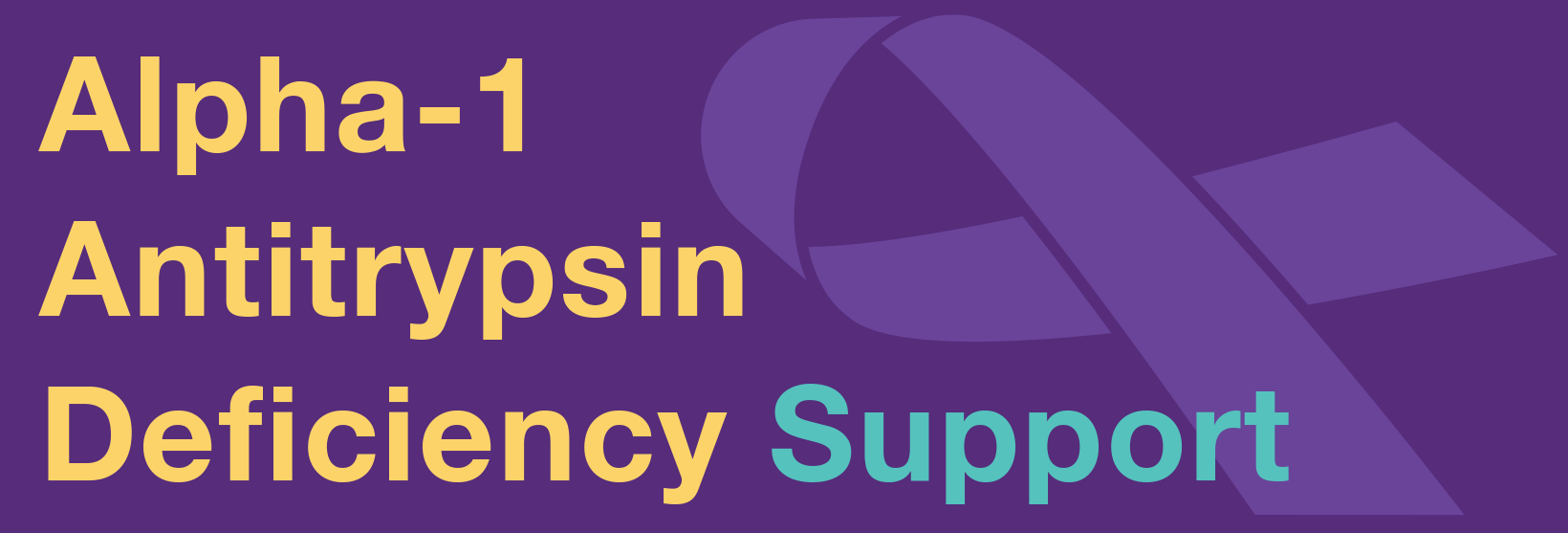
Your phenotype or genotype is basically the letters given to the two alleles that make up your Alpha-1 gene. Your phenotype or genotype (e.g. ZZ, MZ, MS, etc.) is important because it can give you a general idea of how at-risk you are.
Phenotypes and genotypes of Alpha-1 are reported as letters of the alphabet. These letter assignments were first made when starch gel electrophoresis was the common technique used for testing proteins. In this system, the phenotype was determined by how fast the AATalpha-1 antitrypsin More protein moved in a gel. The system was designed so the normal protein moved about halfway up the gel when an electric current was passed through it, and, therefore, the normal protein was assigned a letter from the middle of the alphabet: M. The most common deficient AATalpha-1 antitrypsin More protein moved hardly at all and was assigned the letter Z.
This scheme was called the “Protease Inhibitor naming system,” or “Pi-typing,” for short. Normal individuals inherit a normal gene from each parent and are therefore labeled PiMM (or simply PiM). Individuals who inherit an AATalpha-1 antitrypsin More deficiency gene from each parent have Pi-typing based on the abnormal genes inherited, such as PiZZ (or PiZ). Individuals can inherit a normal gene from one parent and an abnormal gene (Z, for example) from the other. In this example, individuals would be reported as PiMZ.
As more and more individuals have been tested, more and more types of AATalpha-1 antitrypsin More have been found. Each of these types is called an allele (or variant). With more than 100 different alleles identified, scientists long ago ran out of letters of the alphabet and resorted to naming them based on the city in which the discovery was made. Thus, for example, one rare deficient gene has been labeled Mpittsburgh. There are also at least six variations of the normal AATalpha-1 antitrypsin More gene labeled M1, M2, M3, M4, M5, and M6. Not all alleles result in disease or in deficiency. In fact, most non-M alleles cause no problems whatsoever. Many, however, do cause lower than normal levels of AATalpha-1 antitrypsin More in the blood or defective functioning of the AATalpha-1 antitrypsin More and can put people at increased risk of Alpha-1 related disease.
What Your Alpha-1 Results Mean – Big Fat Reference Guide
Resources
- What is Your Phenotype and What Does it Mean? (51min video) – Alpha-1 Foundation

